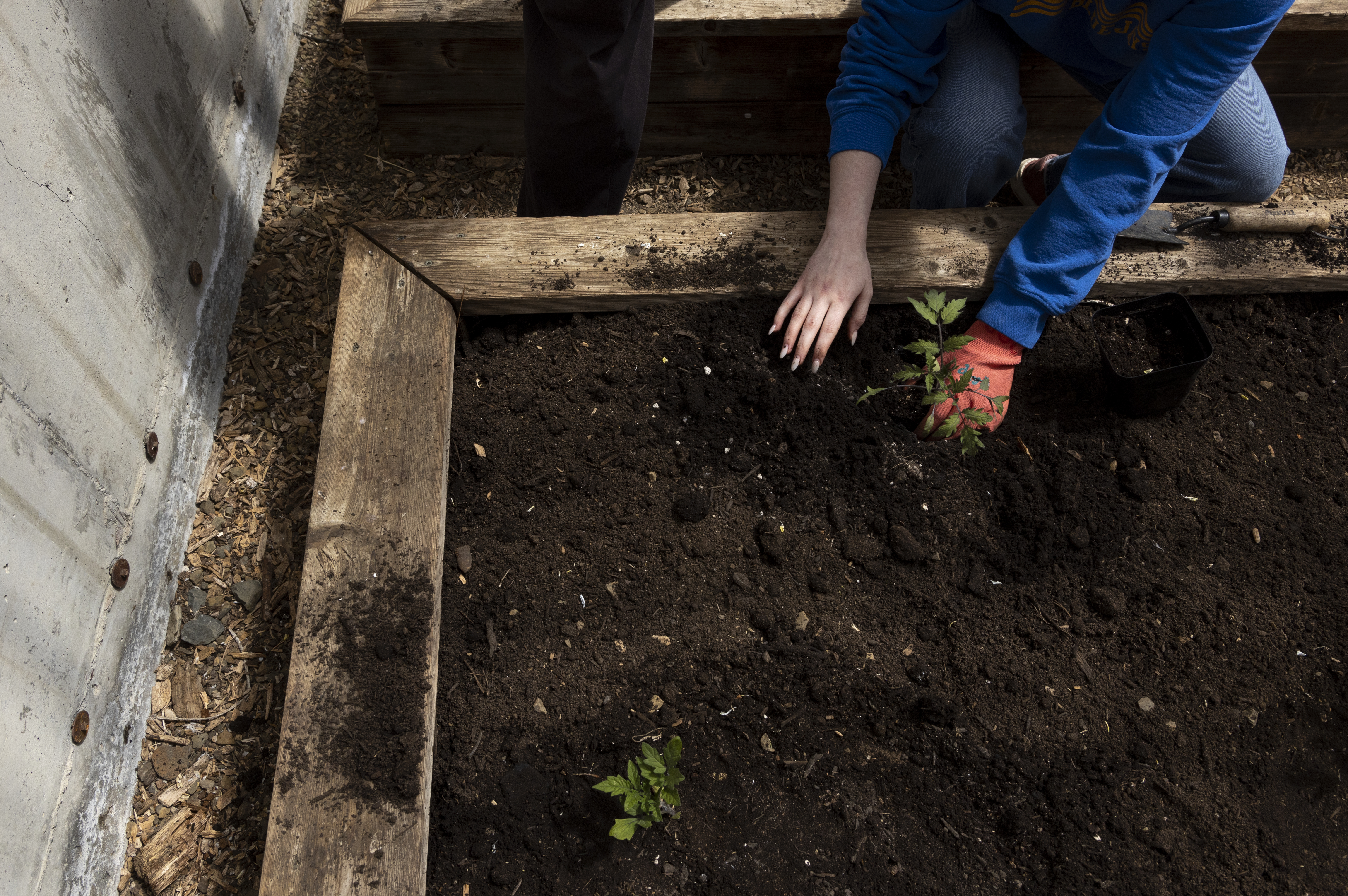Stable climate is a rare treasure
Published 4:00 pm Thursday, December 13, 2007
It’s a mystery why I recall the theme song to a ridiculous 1966 TV-sitcom flop but can’t instantly clutch the name of some long-term acquaintance encountered in the grocery aisle. The latter situation reminds me of the frustrating “claw” arcade game in the lobby of the Astoria Gateway Cinemas, for which my 10-year-old futilely begs quarters in a quest to snag Chinese-made stuffed-animal toys using a deliberately unwieldy remote control.
The lyrics recently dancing around my flickering campfire of a mind are “It’s about time, it’s about space, it’s about two men in the strangest place.” “Gilligan’s Island” creator Sherwood Schwartz used this idiotic tune to define his unsuccessful series about two Gemini astronauts accidentally flung back into caveman days.
I may still cherish “It’s About Time” and another short-lived 1966 show, “The Time Tunnel,” because like many people I’ve always been intrigued by time travel. As a teenager I must have read H.G. Wells’ Time Machine a dozen times.
Aside from stealing Adolf Hitler from his crib and placing him for adoption in an Orthodox Jewish home, we all wish we could travel back and leave ourselves little anonymous notes: “You fool! Put the book down. A girl is awaiting your call.” “Beer is not liquid bread.” “Your haircut really does look silly.” “Hey dummy! Don’t date college women who have posters of Edvard Munch’s ‘The Scream’ taped up above their beds.” “Starbucks. Microsoft. Google.” “Apply sunscreen.”
Sitting in the dark last week, wrapped in a blanket with an LED light Velcroed to my fuzzy wool jacket, it struck me as accidentally appropriate to be studying The Oxford Illustrated History of Prehistoric Europe by archaeologist Barry Cunliffe.
Like most people, my conception of cavemen has been more “Flintstones” than facts. Turns out, for one thing, that many of them didn’t live in caves. You would think that a warmer, woodier world would be wonderful for our ancestors, but it was quite the reverse.Arriving in Europe about 40,000 years ago – some 65 million years after the dinosaurs died out, by the way – they somewhat resembled the Plains Indians of North America in nomadically following seasonal game herds. This founding population probably numbered about 1,500 individuals, according to just-published genetic research.
They lived in huts constructed with mammoth bones, wood and hides, sod and stones, and yes, occasionally caves – when they were conveniently located. Their population rapidly increased.
Art of astounding sophistication blossomed in our thousands of years of hunting and gathering. There is, for example, a remarkable mammoth-ivory statue of a man with a lion’s head. Dating from 30,000 to 34,000 years ago in Germany, it would be completely at home in King Tut’s tomb, a good 27,000 years closer to our time.
Our ancestors’ aesthetic sense, their ability to adapt and thrive in a strange new land, their beautiful flint tools all speak of amazing, strong people on a sharp upward trajectory. So why weren’t we using cellphones and chuckling at Geico insurance’s caveman commercials 100 centuries ago and golfing on Mars by now? Why did we stall?
Those who scoff at humanity’s role in warming the atmosphere have one thing right: Earth is naturally prone to huge climatic swings. The most recent ice age reached its maximum extent about 20,000 years ago, forcing Europeans back into refuge along the unfrozen southern fringe of the continent. But we adapted.
Then a warming process began 13,000 years ago, leading to a change in most of Europe from open tundra and steppe-like landscapes to dense forests. “The effect of this crucial ecological transition could hardly have been more profound,” Cunliffe writes. You would think that a warmer, woodier world would be wonderful for our ancestors, but it was quite the reverse. Forests can only produce about 20-30 percent as much meat as can be maintained in open habitats.
A more comfortable world brought a “sharply reduced overall food supply.” Humanity suffered a dramatic crash, sadly reflected in artifacts that are simpler, less varied, smaller and less carefully made. We regressed.
Our history is littered with such episodes, accident scenes doubtless highly unpleasant for those living at the time. A stable climate is a rare treasure that we have taken for granted. Preserving it is worth nearly any sacrifice. We sampled climate chaos last week. Did you enjoy it?
– M.S.W.
Matt Winters is publisher of the Chinook Observer.





